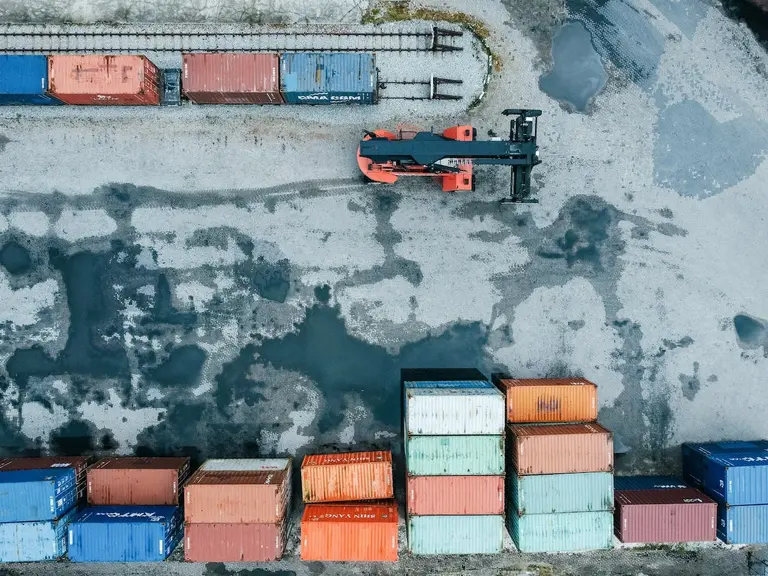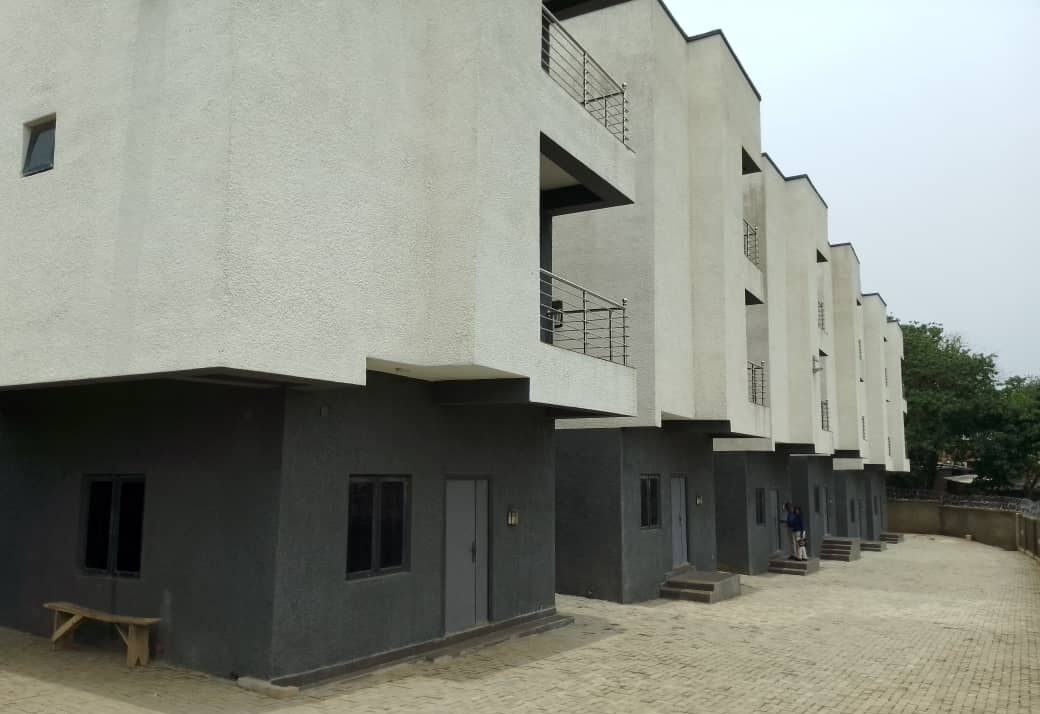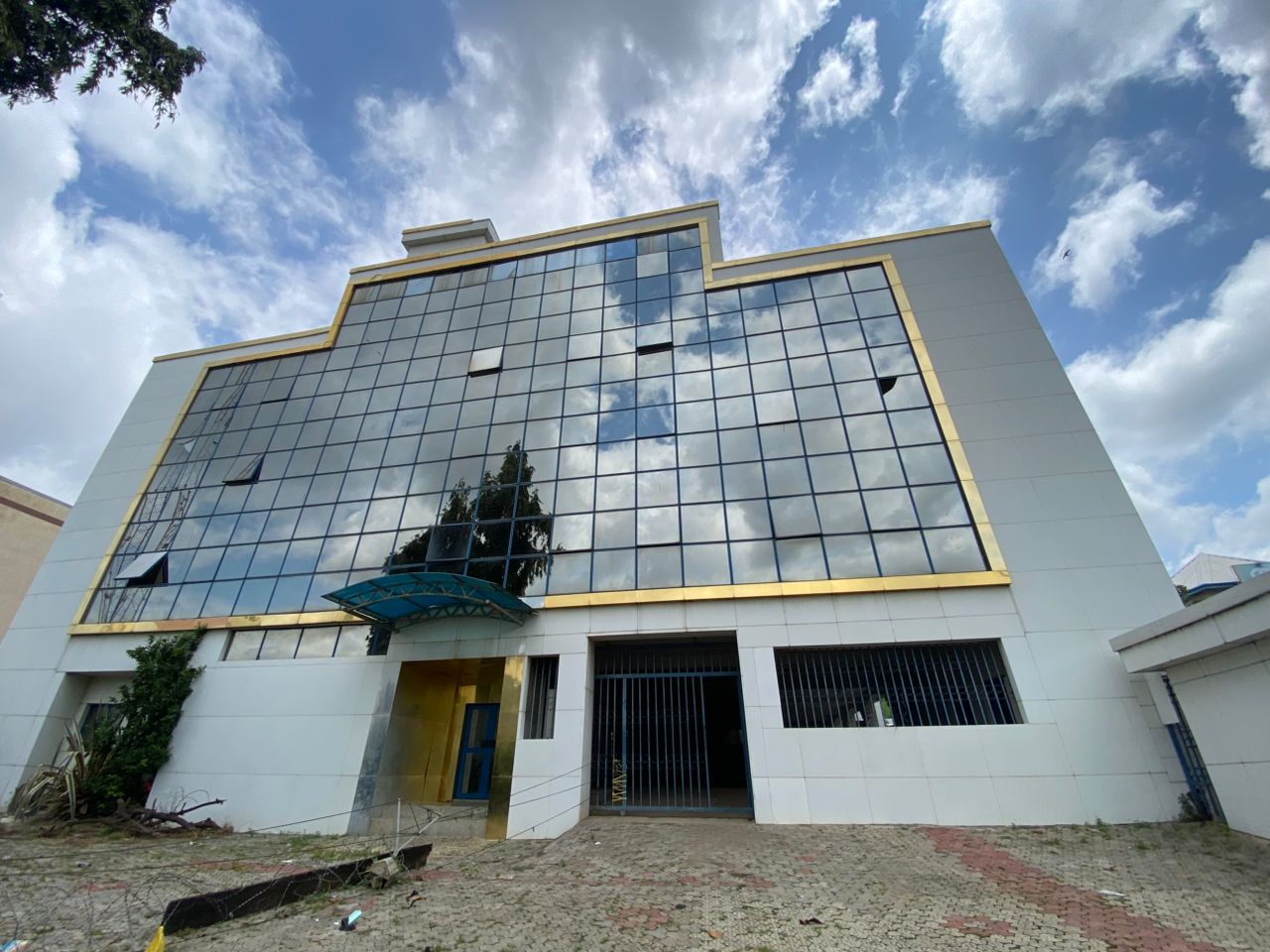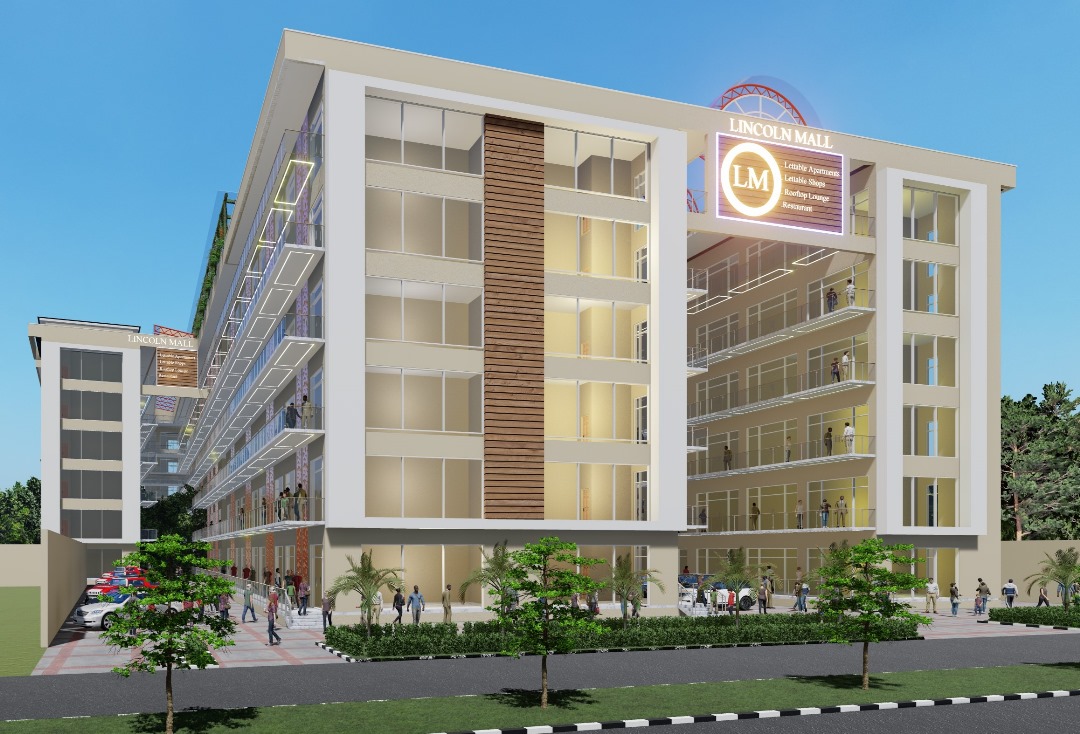We had earlier written on how dry ports work and you can read the article here. Below, you can read a continuation of the article listing the activities and functions of dry ports.
Container Handling:
Dry ports are equipped with container handling equipment, such as cranes, forklifts, and reach stackers, to load, unload, and stack containers. Containers are organized and stored in designated areas within the dry port.
- Interested in buying business or residential premises in Nigeria? View our property listings on YouTube.
Container Storage and Consolidation:
Dry ports provide storage facilities for containers. Containers may be stored temporarily or for longer durations based on the requirements of importers, exporters, or logistics operators. Additionally, dry ports often offer consolidation services, where operators combine cargo from multiple shippers into a single container for more efficient transportation.
Value-added Services:
Dry ports may offer various value-added services, such as warehousing, packaging, labeling, and container maintenance and repair. These services cater to the needs of importers, exporters, and logistics companies, providing additional convenience and efficiency in cargo handling.
Intermodal Connectivity:
Intermodal connectivity is a key characteristic of dry ports. It makes it possible to achieve seamless transfer of cargo between different modes of transport. They typically have rail sidings and truck terminals to facilitate the efficient movement of containers to and from the dry port.
Last-mile Distribution:
Once they process the cargo at the dry port, operators dispatch it to its final destination. This may involve transporting containers by road, rail, or air to distribution centers, factories, or other locations in the hinterland.









